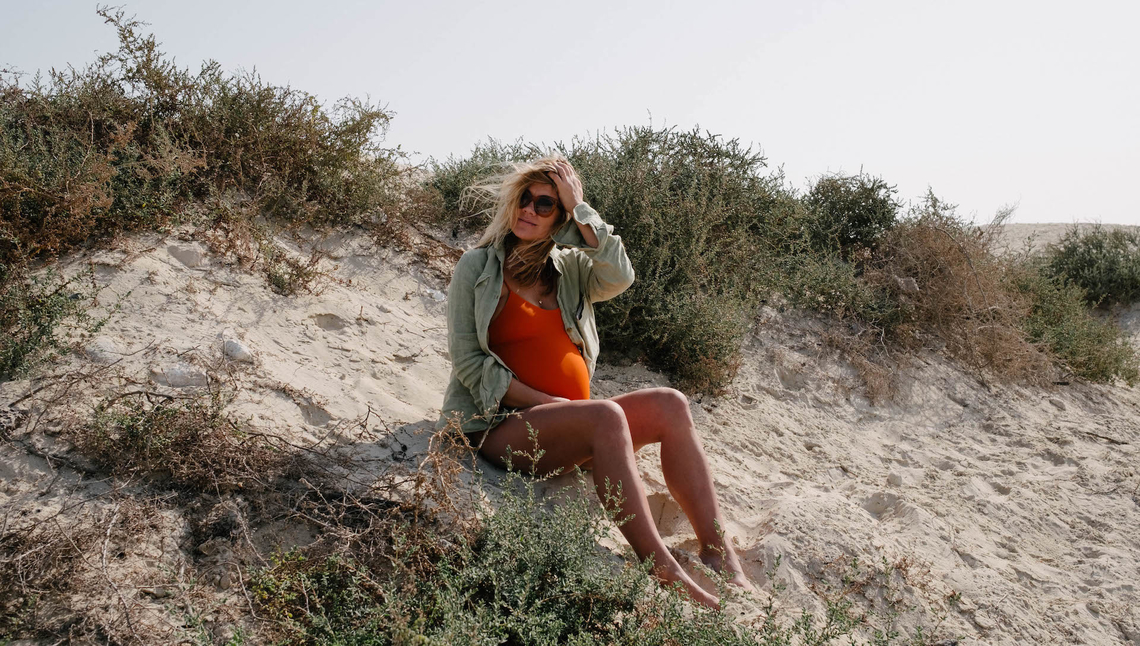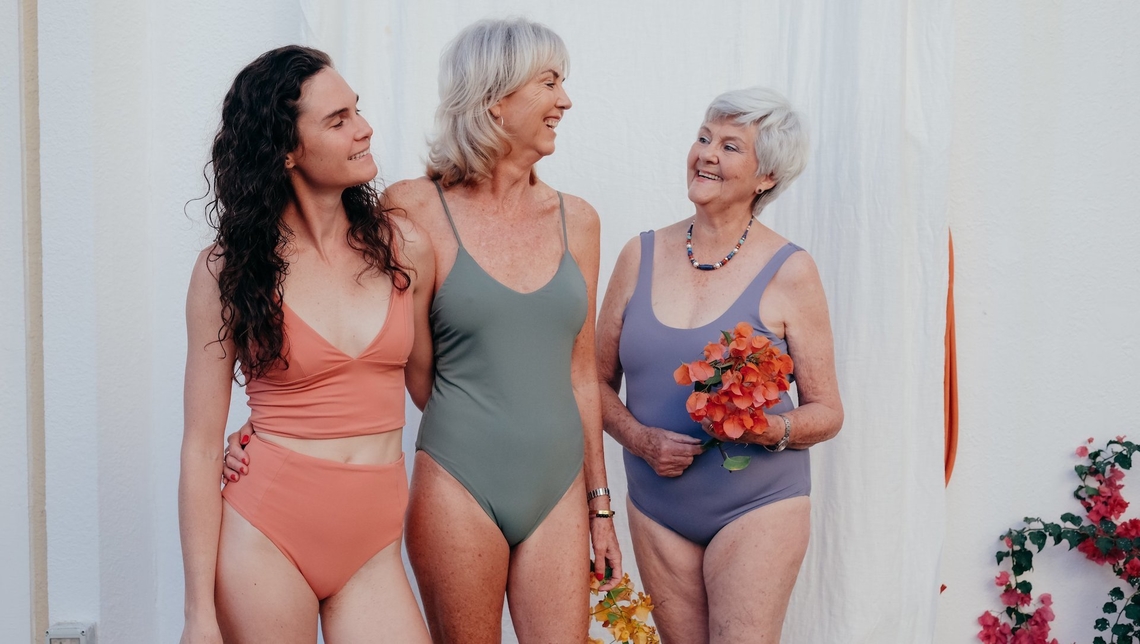
OHOY SWIM IS PRODUCING SWIMSUITS FROM RECYCLED PLASTIC
Yearly, 8 million tonnes of plastic finds its way into the ocean, according to the International Union for Conservation of Nature (IUCN) – with a staggering amount of fishing nets, lines, and traps discarded in the water by fishing boats. Whether by accident or on purpose, both the plastic and the fishing gear lost at sea cause irreparable damage to marine life.
Turtles, for instance, tend to eat plastic which they confuse with their main source of food: jellyfish. In a bid to help these adorable sea turtles, and contain the havoc wreaked on our ocean life – as a result of our overconsumption – UAE-based, Scandinavian-born label, Ohoy Swim, is producing gorgeous swimsuits from recycled plastic. Made with the plastic collected from our oceans (and our land), a percentage of the brand’s sales goes to the divers that take part in the clean-ups and retrieval of plastic from the sea.

“When we say ‘collected from the sea’, that’s a part of it,” explains Anna Nielsen, one half of the Ohoy Swim duo. “They’re [the swimsuits] also made from things like industrial carpets, plastic bottles – things found on land. We basically use plastic that is recycled instead of creating a piece from scratch. And the fishing nets are collected by divers, who gather tonnes and tonnes of abandoned nets.”
While fighting for the earth’s oceans, Ohoy Swim’s ethos is also one of female empowerment as it was initially born when the two Scandinavian founders, Anna and Henna Kaarlela, went in search of swimwear that was both sustainable and practical for activities other than lounging around with a mocktail in hand (not that there’s anything wrong with that).

Putting simplicity at the forefront of its designs, Ohoy Swim is, in essence, part of the normcore trend – and it seems like normcore was a thing in Scandinavia before it ever started gaining so much traction on this side of the world.
“We both come from a place where being feminine isn’t associated with the amount of skin you show,” adds Anna. “To put it simply: if you go to a night club in Copenhagen, the girls are very beautiful, but they’ll be wearing Nikes and flat shoes. The whole idea [of the label] is portray that you’re beautiful because you’re a woman in the first place.”

Fact: consumers are becoming increasingly conscious of what they’re choosing to wear, with the movement for sustainability fast gaining allies in the war against plastic pollution. Fashion is no longer limited to functionality (and perhaps it never was). Fashion is an extension of who you are – one that, in this day and age, is a telling marker of your beliefs, your ethos and the principles you stand for.
Does this brand use sustainable practices? Is it cruelty-free? Is it infringing on human rights? These are a few of the questions that the conscious buyer asks themselves. And with social media being the judge and jury of the fashion world’s ethical behaviour, these brands are put under a microscope. Anna tells Grazia, “I feel like consumers all over the world are becoming more and more aware because everywhere you go now you see the plastic in the water,”

Microplastic is the miniscule particles that are derived from our plastic pollution; these micro-particles end up in our oceans and on our land, harming both marine animals and human beings. Henna explains that the movement for her started at a very young age when “every weekend, [her family] took all of the old newspaper to the recycle centres.”
The same applies to Anna who says “When I was very little, I learnt that the inside of a battery, if you put that in the ground, it pollutes the ground and it goes into the water you drink, so we had special stations where you’d put the used batteries – and every week your parents would go and dispose of them.”
- Ohoy’s pieces can be found online here or at The Surf House in Umm Suqeim.
Photos: Supplied and Instagram








